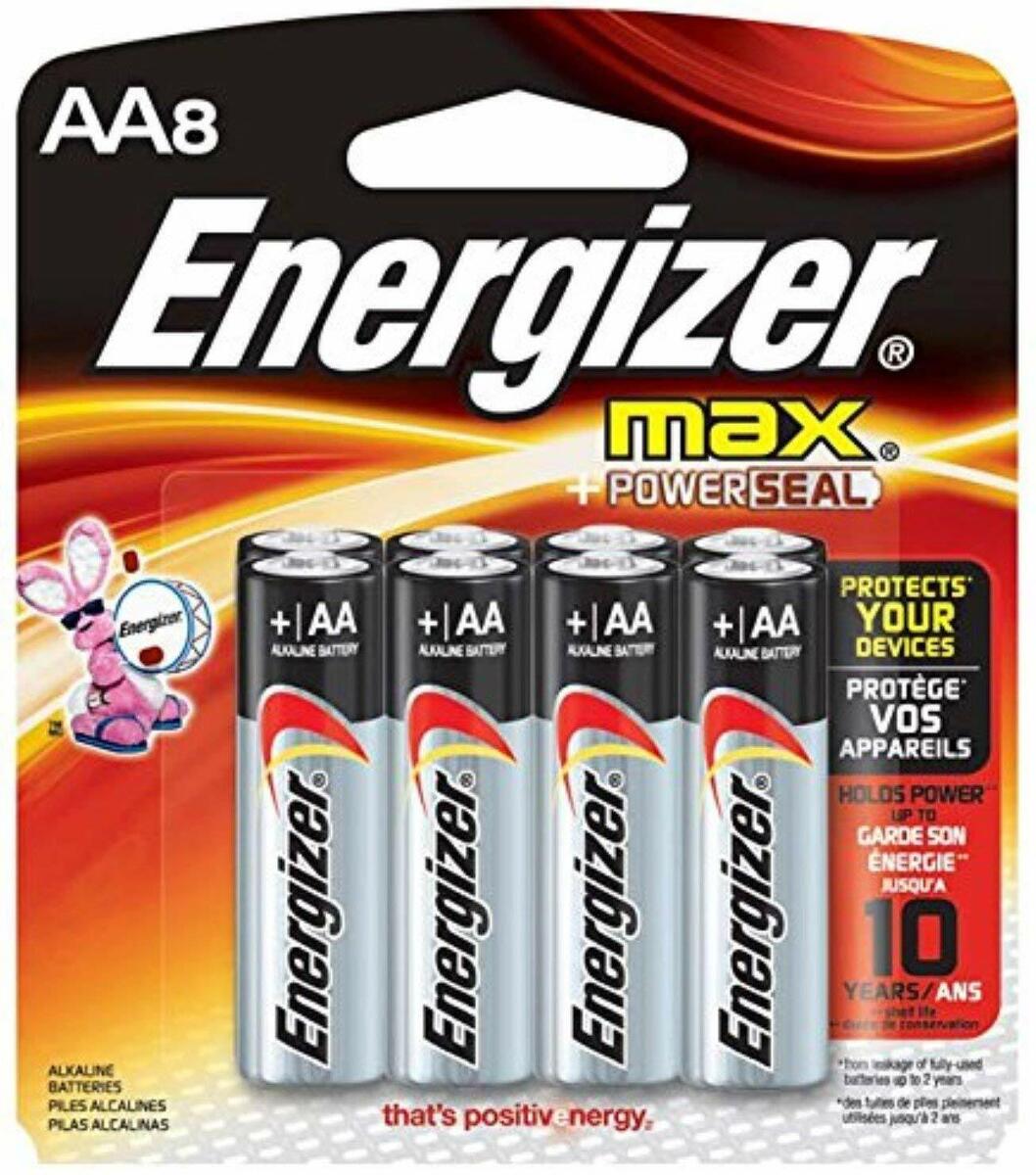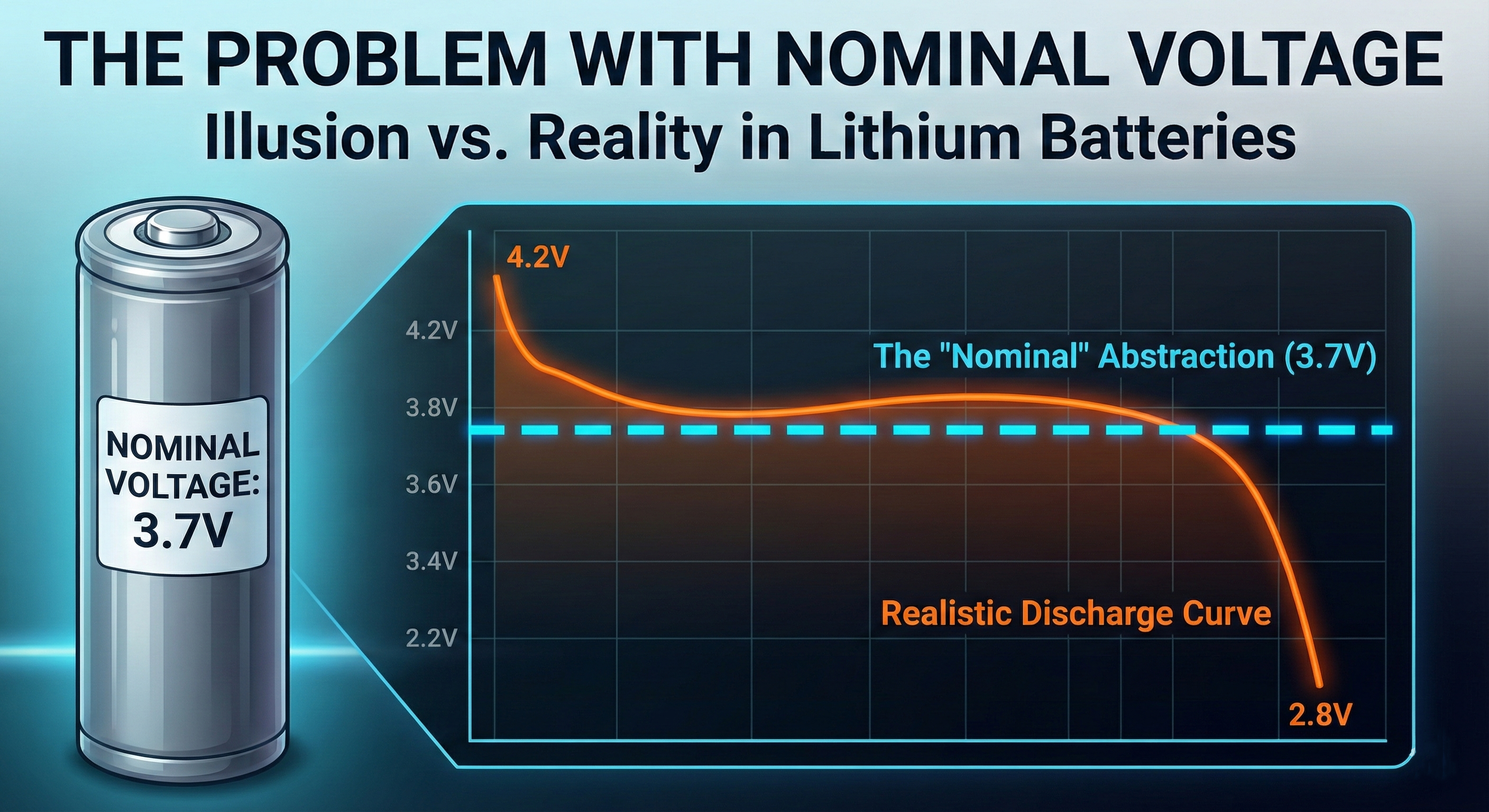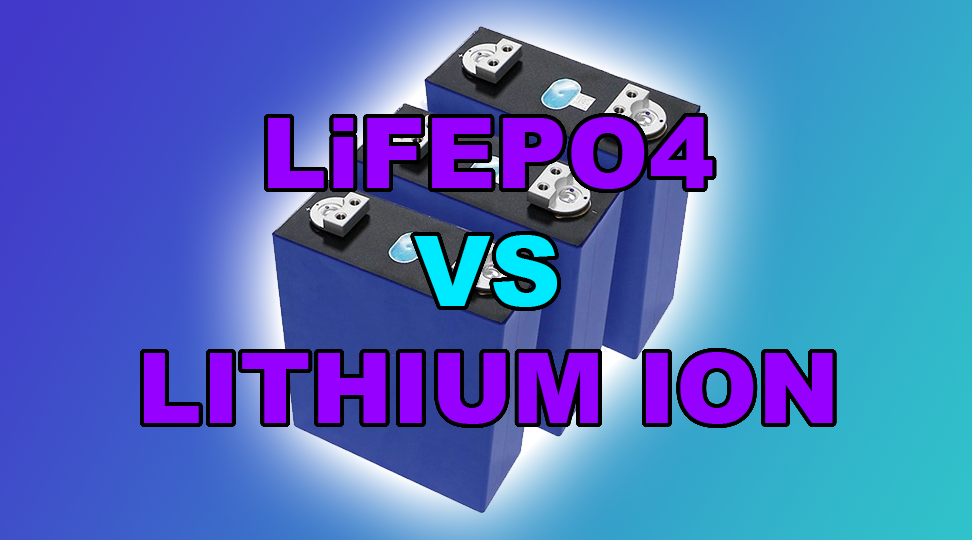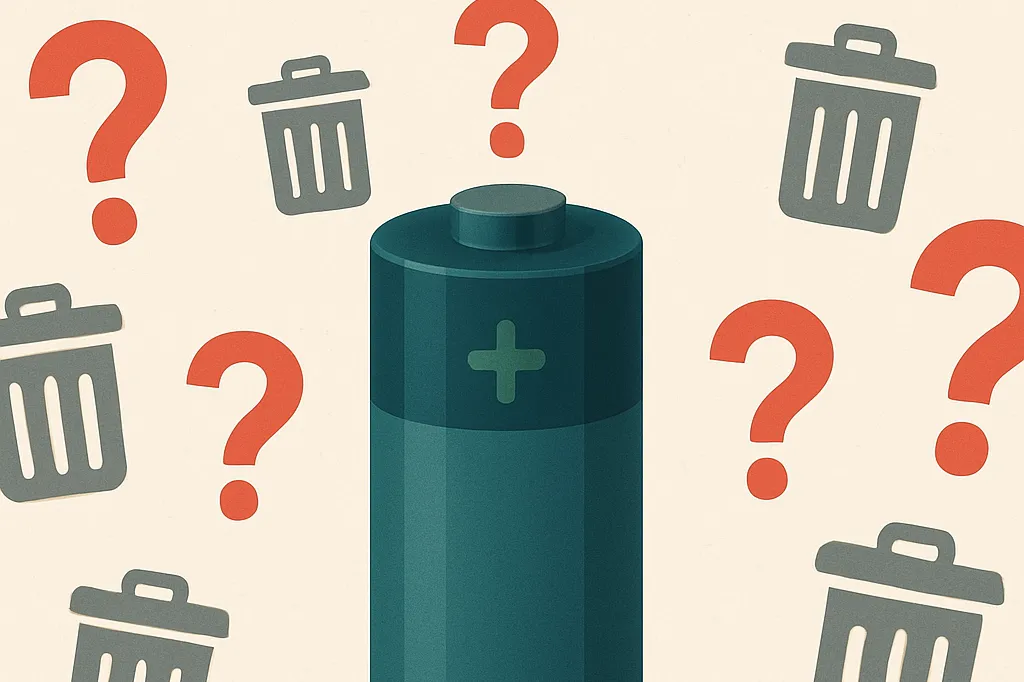
Do Batteries Expire?
Table of Contents
Do batteries expire? This seems like an obvious question—much more obvious if you ask whether sour cream or milk expires, because you can’t use them after their expiration dates. But batteries are different. You can still use some batteries after they “expire,” yet not all. I’ll get into why.
Alkaline Batteries
Your standard alkaline AA, AAA, C, D and 9 V batteries have a shelf life of about five to ten years, which is really long. But those batteries definitely expire: after so many years, the unavoidable 2–3 % per year self-discharge inevitably leads to a dead alkaline battery. The thing is, you cannot recharge them.
Think about that: you have a battery sitting on the shelf, charged at a certain level, and it’s always going down—2–3 % per year, every year, forever. Technically, it can never reach 0 %, but it will very quickly reach a percentage so low that the voltage is below nominal and won’t power anything you put it in—other than maybe a remote control. Everyone knows that trick:
- You need a AA for your device, but the batteries are dead.
- You take the “dead” batteries from your remote control and put them in your device.
- You put fresh batteries in the remote, and it’ll last for another year.
Other than powering remote controls (which we can all agree isn’t important in an emergency), alkaline batteries are useless after a certain time. But that time span is rather long.
Lithium Primary Batteries
Next on the list are lithium primary batteries. These are like a hybrid between non-rechargeable alkalines and fully rechargeable lithium-ion batteries. They use lithium, so they have a higher voltage and very low self-discharge—about 1 % per year. They’re chemically stable but not rechargeable. Yes, these batteries also “expire” because once their voltage falls too low, you can no longer use them.
Zinc Carbon Batteries
Zinc carbon batteries are still in production today. The only reason they haven’t been replaced by alkaline, lithium-ion, or lead-acid batteries is their stunningly low manufacturing cost. In developing countries—where shipping produced alkaline batteries can be expensive—these can be locally manufactured using simple processes and easily sourced materials. However, they have a very high self-discharge (up to 5 % per year) and are not rechargeable. So these batteries definitely expire.
Lithium-Ion Rechargeable Batteries
This brings us to the most ubiquitous, most popular, most commonly used type of battery: the lithium-ion rechargeable battery. It has the shortest shelf life of all the battery types mentioned—two to three years—due to its 2–5 % self-discharge per month. Unlike other batteries, lithium-ion cells require a Battery Management System (BMS), which is an active electronic device that draws power from the cells it protects.
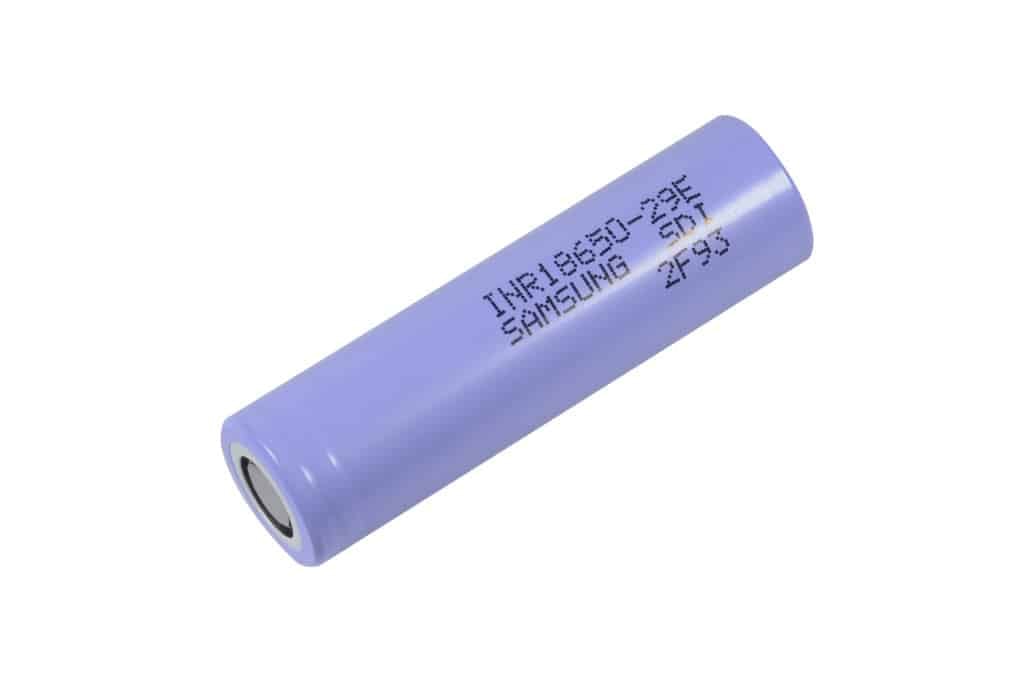
Good news: even though lithium-ion batteries self-discharge faster and die on the shelf quicker than other types, you can recharge them. The recharging process itself is almost 100 % efficient (about 99.9 %), with minor losses only if you charge too fast: the cells’ internal resistance produces heat. You’ll also lose energy converting current via a constant-current buck or boost converter, which are 90–95 % efficient. But the key point is—they’re rechargeable.
Preparing for Emergency Power
Ultimately, you need a mixture of two battery types if you’re preparing for a power outage or disaster scenario:
- Lithium-ion batteries—because they’re rechargeable. Even if there’s no grid power, you can use solar panels or a generator (on fuel or vegetable oil) to produce energy and then store it.
- Alkaline batteries—because, if fully charged and shelved for years, they still retain most of their charge due to low self-discharge. In six years, they might still be at ~80 % charge, ready when you need them.
When you go to use lithium-ion batteries after years on the shelf, they’ll be dead—you’ll need to recharge them first. And that takes time and infrastructure. Alkalines, on the other hand, deliver immediate power (until they hit end-of-life).
Can You Use 10 Year Old Batteries?
Yes, but with some caveats. In 10 years, AA, AAA, C, and D alkaline cells will have lost around half of their capacity, and the voltage will seriously sag under load, but they will probably work. Primary lithium cells like CR2032 will be able to retain most of their charge and maintain a relatively steady voltage after a decade, so they’ll usually still work in things like CMOS backup or calculators (though it’s wise to check their voltage), but dont expect them to work for long at that point. Rechargeable lithium-ion packs, however, age out in 3–5 years; at ten years they’ve lost most capacity and a lot of their current carrying capability, but they will still work for low current applications or in a massively parallel configuration.
Battery “End of Life”
Eventually, even rechargeable cells break down, regardless of cycle count. But it takes a very long time. And even at “end of life” (when they can only store ~80 % of original capacity), lithium-ion batteries are still useful. Their voltage may drop more under load, but most devices include voltage regulators, so they keep working.
So yes—lithium-ion batteries can expire, but “expiration” simply means you no longer get the manufacturer-rated capacity. They’ll probably keep working beyond that point.
